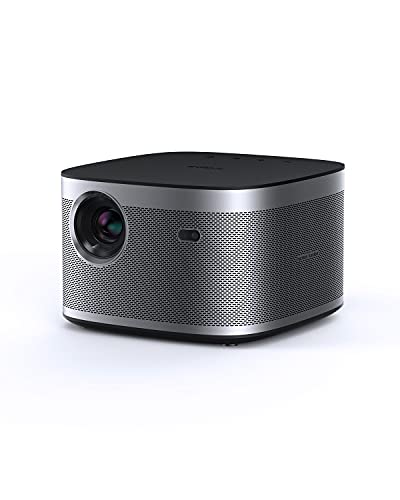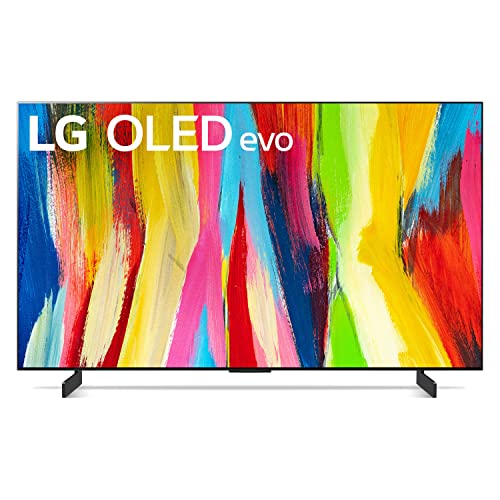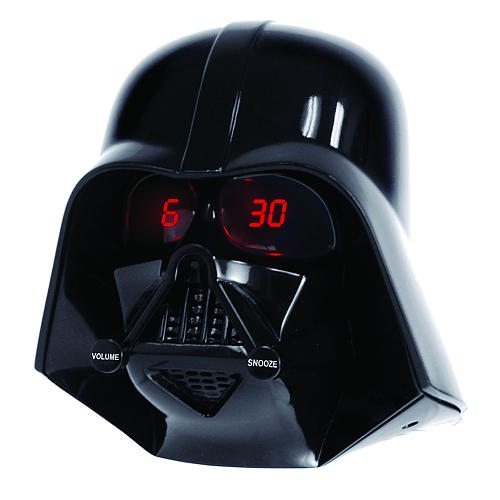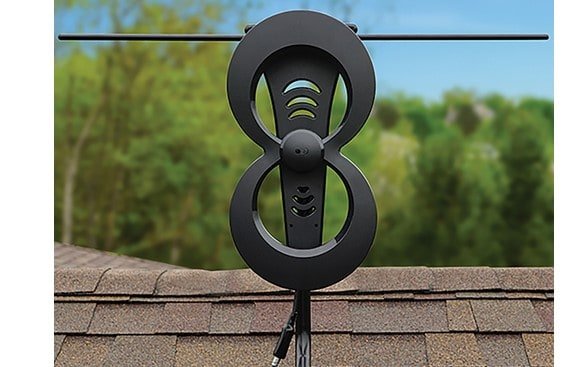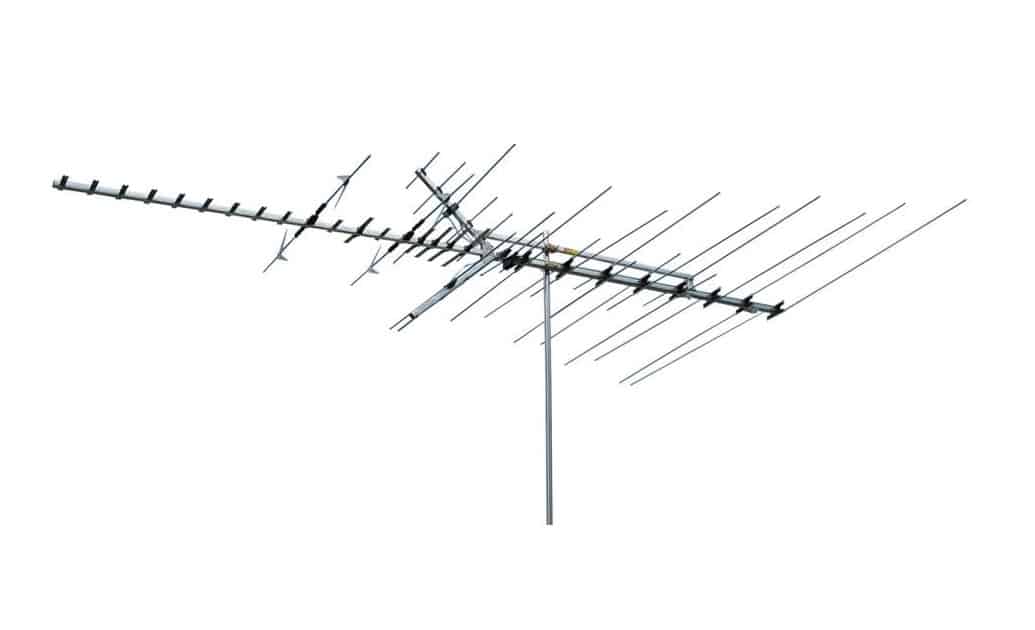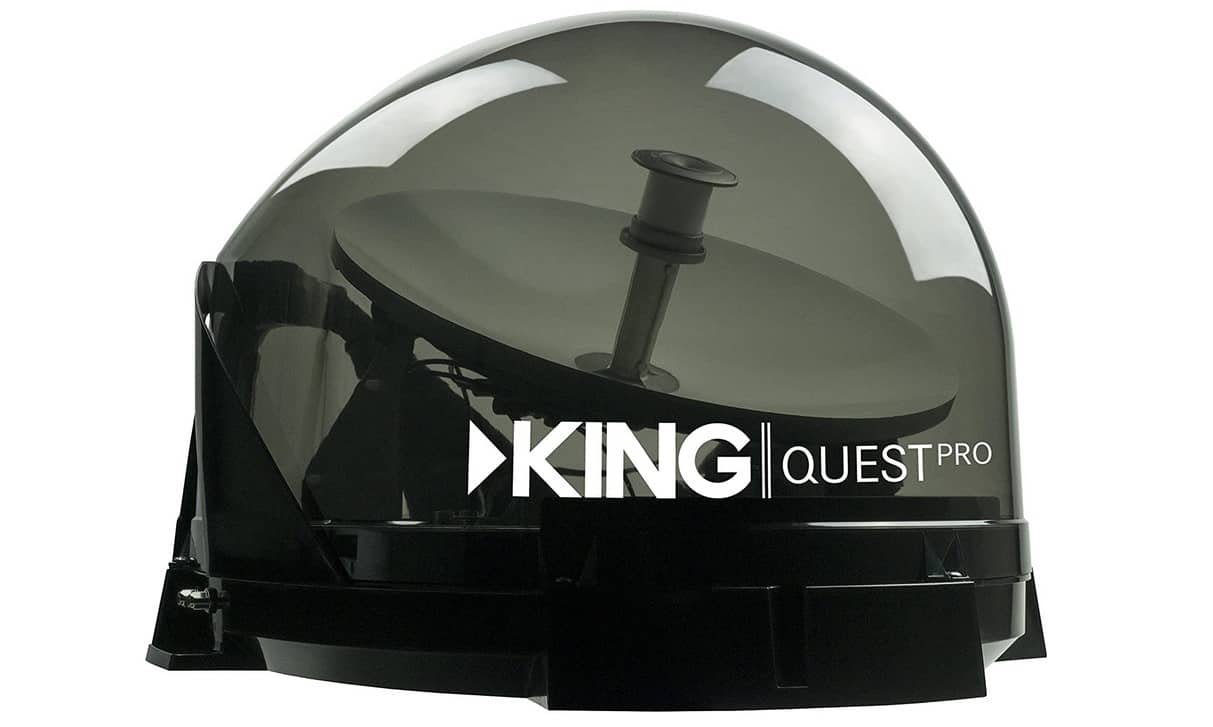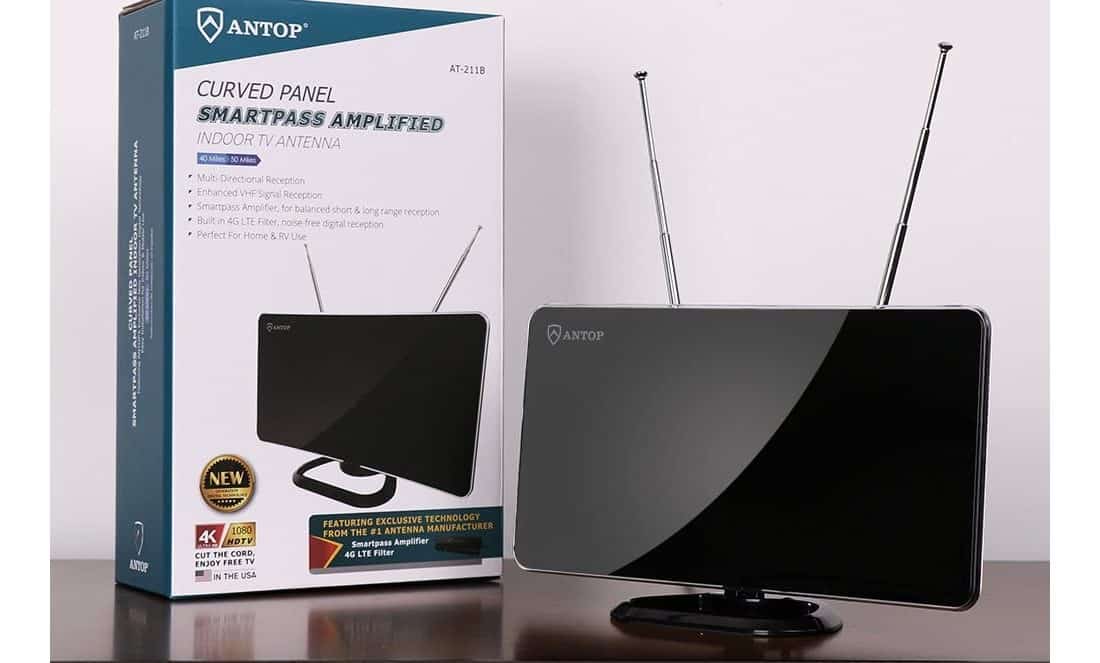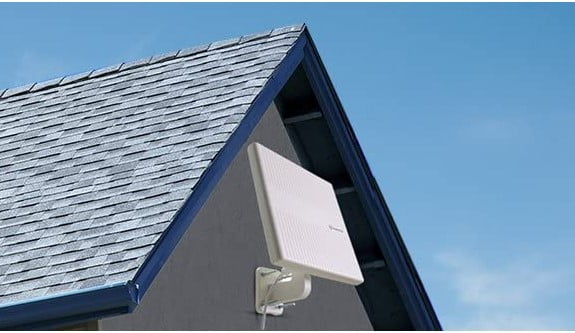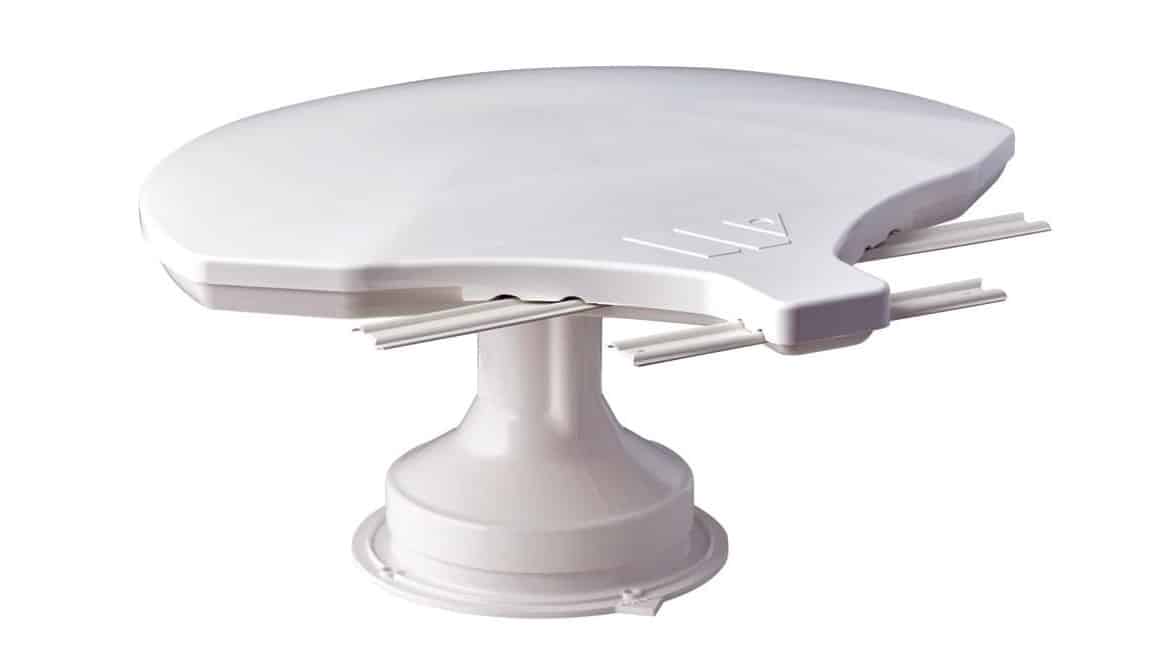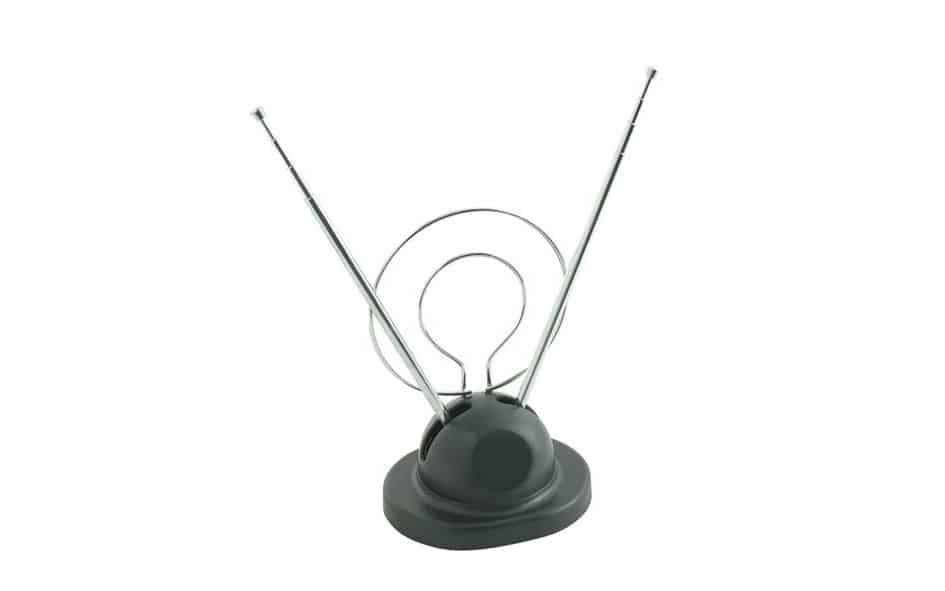Many high-end TVs boast high refresh rates, written in Hertz (Hz,) with one of the confusing aspects is what is Hz in TV. Meanwhile, some lower-end TVs run at around 60 Hz. However, several older model 1080p liquid crystal display (LCD) TVs refresh at a higher rate than both of these. Creators depend on specified refresh rates during content creation.
KEY TAKEAWAYS:
- Hertz (Hz) describes the refresh rate of a TV.
- Refresh rates measure how often the TV screen image changes per second.
- Higher refresh rates may reduce motion blur but increase flicker artifacts.
What is a TV’s Refresh Rate?
Refresh rate measures how often the display device’s picture changes during a program. Both monitors and TVs have these rates, as do projectors in cinemas. However, this rate does not describe how quickly the device driving the display can change the image, which frame rate describes. Frame rates are measured in frames per second (fps.) Different content runs at different refresh rates, but the TV can adjust this rate.
The average cathode-ray tube (CRT) had an average refresh rate of about 89 Hz. Standard LCDs, on the other hand, typically have a native rate of 60 or 120 Hz. Many LCD sets with a native rate of 60 Hz feature motion or signal processing software, leading to an effective rate of 120 Hz. Some more expensive models have a rate of about 240 Hz.
Insider Tip
In a study done by Tiny Pulse, employees stated that company transparency was the number one reason to determine their happiness at work.
What Terms Are Important?
- Effective refresh rate describes the rate that is perceived by our eyes. Samsung refers to this rate as the motion rate.
- Native refresh rate measures the actual refresh rate of the device, and it is sometimes referred to as the actual or real refresh rate.
- The video source refers to the device that processes the signals and sends them to the display, such as Blu-ray players, video game consoles, and cable or satellite boxes.
4K TV Refresh Rates
Many 4K TVs feature the same refresh rates as their lower-resolution versions, meaning 60-120 Hz. However, the TVs offer better image quality and more details in each picture. These TVs contain significantly more pixels, resulting in a higher image resolution. Each pixel on a TV represents a portion of the image. In addition, some 4K TVs include high dynamic range (HDR) and wide color gamut (WCG) technology, increasing the contrast and brightness of colors and creating deeper blacks. To learn how to increase contrast, check out our guide on how to set contrast on TV.
Brands use backlight scanning and advanced signal processing to increase the effective refresh rate of a TV. Combining these aspects, TVs display smoother motion and images. In addition, the increased frequency of refreshing should reduce the input lag, or response time, which refers to the amount of time it takes for the TV to reflect the changes made by the user in terms of remote clicks or controller commands.
Insider Tip
Transparency in AI is the process of determining the process and why an algorithm made a specific decision.
As stated above, producers optimize different content for different rates. For example, movies feature about 24 Hz. The best 3D displays have about 120 Hz in stereo, but when watching content in 3D, the rate is more accurately described as 60 Hz. Network broadcasting typically runs at about 60 Hz, established by the National Television System Committee (NTSC.)
Higher refresh rates may also help create smoother motion in fast-moving content, such as watching sports or playing video games. Because of this smoother picture, some TVs may offer a game mode that adjusts the refresh rate of your TV for gaming. However, if you have a 4K TV, enabling 120 Hz output on the One X means giving up your massive resolution advantage for a possible frame rate increase that is likely to have little or no effect. If you are interested in learning more about smoother pictures, you should definitely do some research into DLP TVs.
High Refresh Rate Issues
Black frame insertion refers to the technology that reduces aliasing or motion blur on displays. This technology features a strobing backlight that causes images to show with black frames in between. Thus, it allows the display to switch images quicker and reduces motion blur. However, this method can cause a flickering effect in higher refresh rates starting at about 500 Hz. Some people may notice this issue if they are particularly picky about image quality or playing games at high refresh rates, even if they haven’t got their TV at 500 Hz.
F.A.Q.S
Why does refresh rate matter?
Refresh rate reduces motion blur and increases response time.
What Is TV Motion Blur?
Motion blur occurs when the pictures on the screen switch quickly and create a blur effect. Black frame insertion can reduce this effect.
Do I need a 120 Hz TV for Netflix, Hulu, or other streaming services?
You do not need a 120 Hz TV for most streaming services. Many of them include movies and TV shows with the standard refresh rates of 24 and 60 Hz on average.
STAT: If you have a 4K TV, enabling 120 Hz output on the One X means giving up your massive resolution advantage for a possible frame rate increase that is likely to have little or no effect. (source)















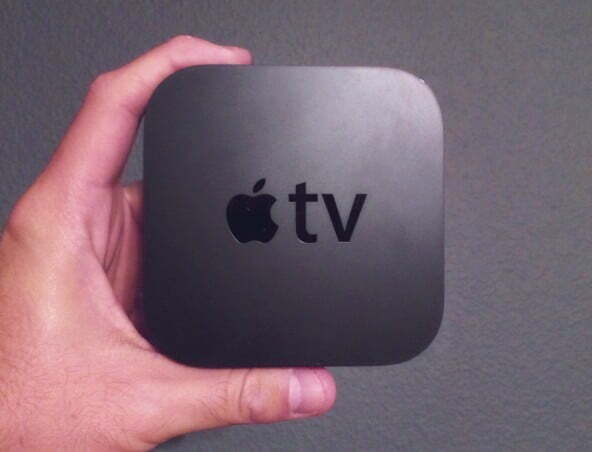
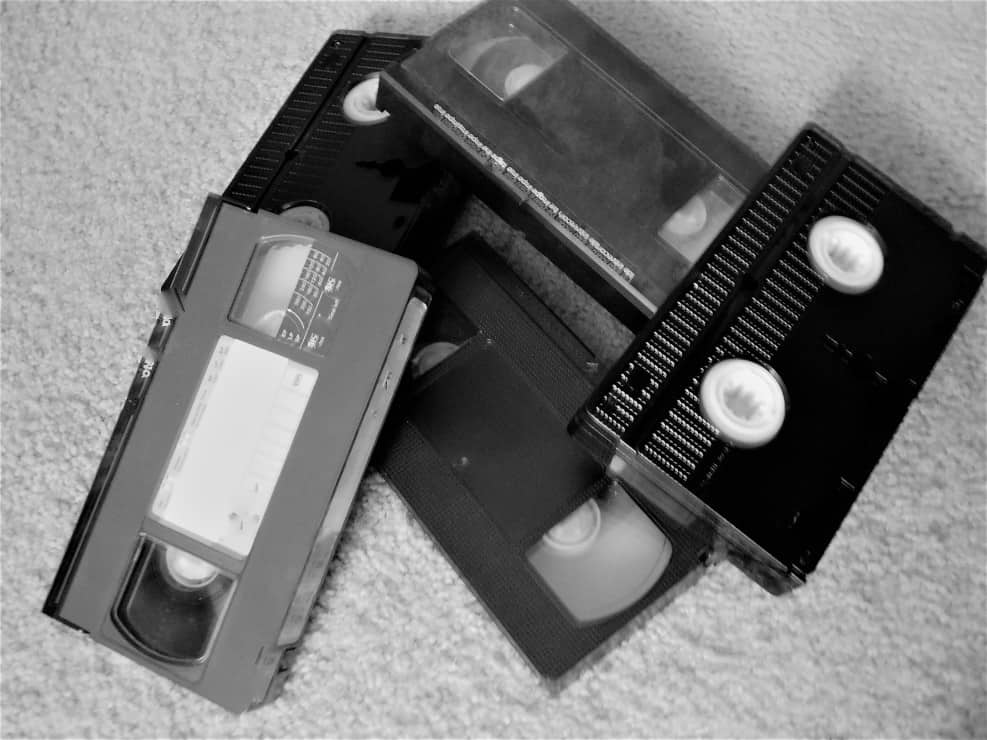
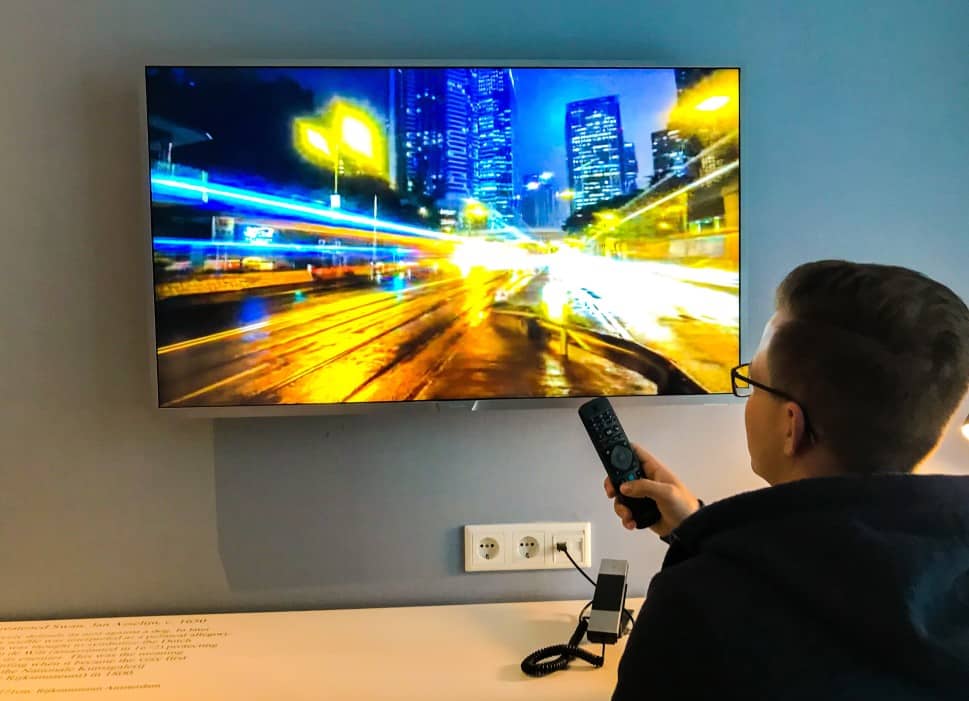




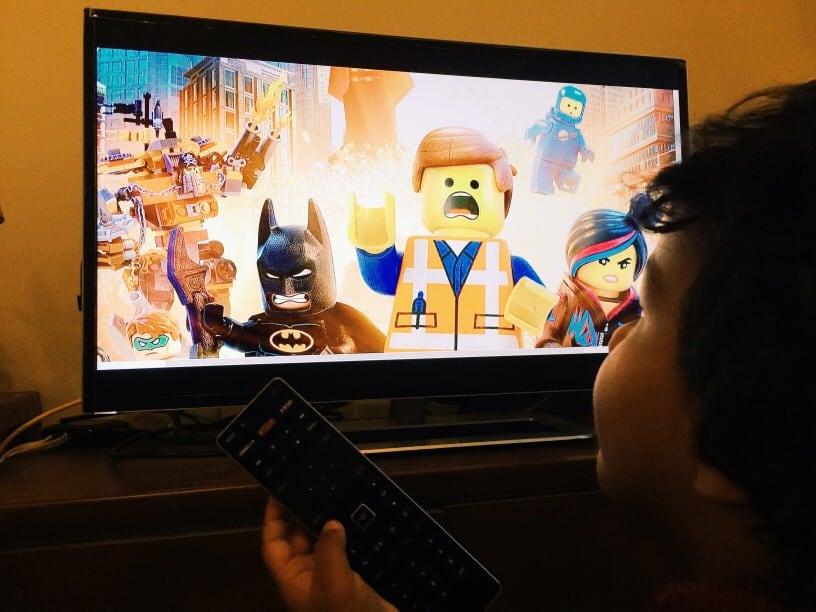
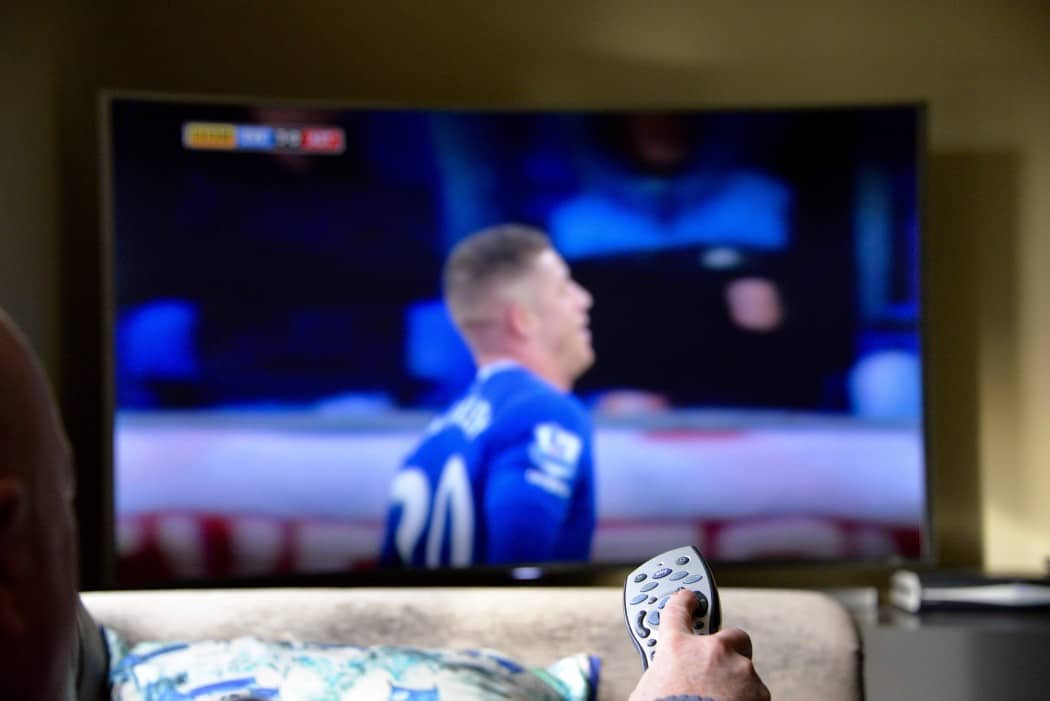
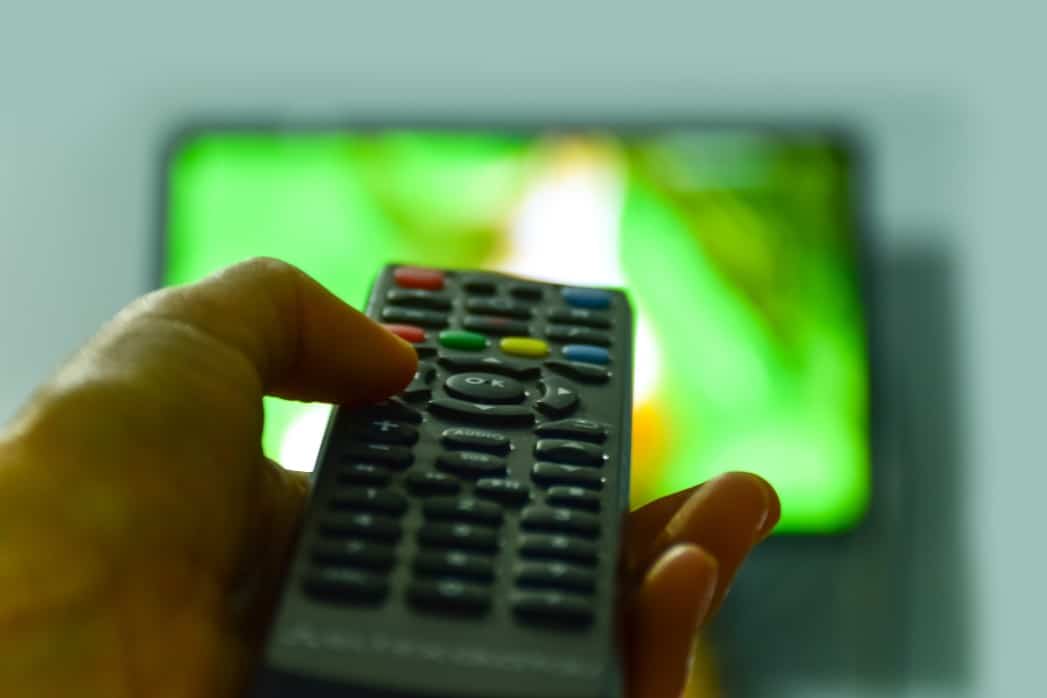
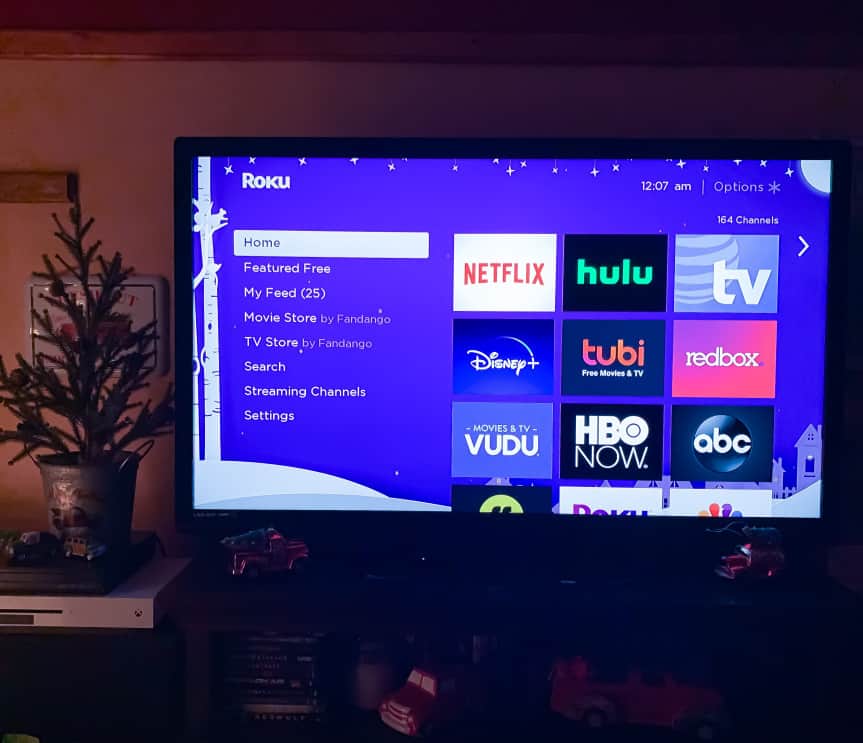





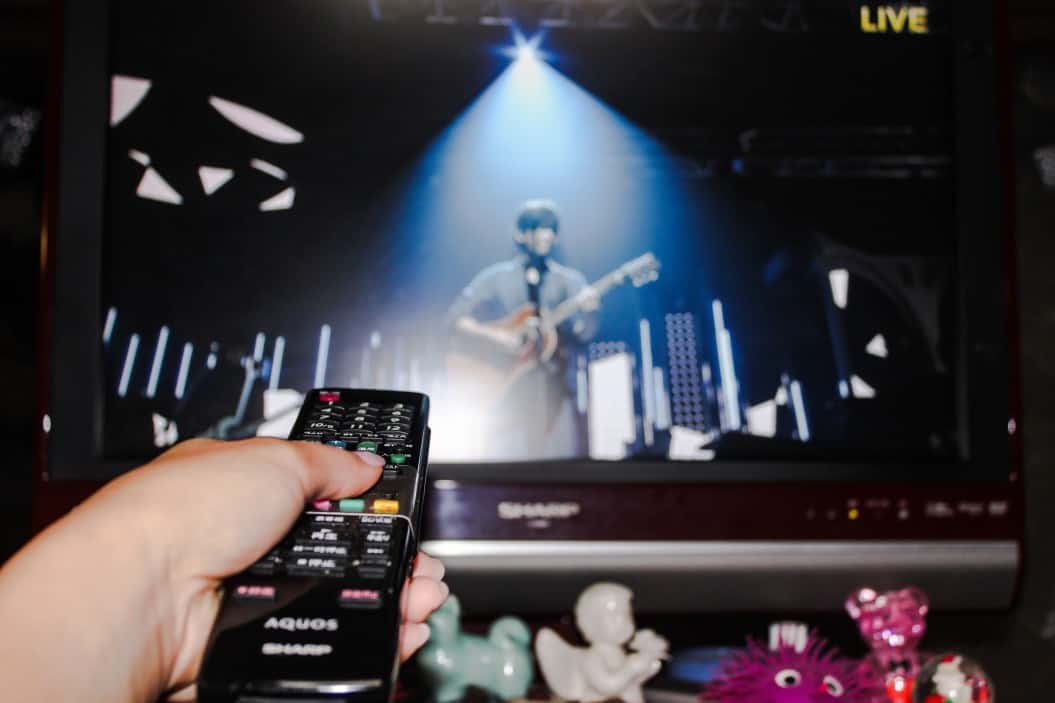

![Best Drones Under the Cost of Ferrari in [year] 25 Best Drones Under the Cost of Ferrari in 2025](https://www.gadgetreview.dev/wp-content/uploads/image-test-3.jpg)
![Best LEDs & LCDs in [year] ([month] Reviews) 26 Best LEDs & LCDs in 2025 (April Reviews)](https://www.gadgetreview.dev/wp-content/uploads/Samsung-UN65RU7100FXZA.jpg)
![Best Streaming Services in [year] ([month] Reviews) 27 Best Streaming Services in 2025 (April Reviews)](https://www.gadgetreview.dev/wp-content/uploads/netflix-750x422-1.png)
![Best Streaming Movie and Shows in [year] ([month] Reviews) 28 Best Streaming Movie and Shows in 2025 (April Reviews)](https://www.gadgetreview.dev/wp-content/uploads/Streaming-reviews.jpg)
![Best TVs in [year] ([month] Reviews) 29 Best TVs in 2025 (April Reviews)](https://www.gadgetreview.dev/wp-content/uploads/Sony-XBR55X810C-TV-1.jpg)
![Best Shows on Amazon in [year] ([month] Reviews) 30 Best Shows on Amazon in 2025 (April Reviews)](https://www.gadgetreview.dev/wp-content/uploads/The-Boys-750x474-1.jpg)
![Best Small TVs in [year] 31 Best Small TVs in 2025](https://www.gadgetreview.dev/wp-content/uploads/best-small-tv-image.jpg)
![Best 60 Inch TVs in [year] 32 Best 60 Inch TVs in 2025](https://www.gadgetreview.dev/wp-content/uploads/best-60-inch-tv-image.jpg)
![Best 50 Inch TVs in [year] 33 Best 50 Inch TVs in 2025](https://www.gadgetreview.dev/wp-content/uploads/best-50-inch-tv-imgr.jpg)
![Most Energy Efficient TVs in [year] 34 Most Energy Efficient TVs in 2025](https://www.gadgetreview.dev/wp-content/uploads/most-energy-efficient-tv-image.jpg)
![Best TVs for Apple TV in [year] 35 Best TVs for Apple TV in 2025](https://www.gadgetreview.dev/wp-content/uploads/best-tv-for-apple-tv-image.jpg)
![Best TV Antennas in [year] ([month] Reviews) 36 Best TV Antennas in 2025 (April Reviews)](https://www.gadgetreview.dev/wp-content/uploads/best-tv-antennas-image.jpg)
![Best Mitsubishi TVs in [year] 37 Best Mitsubishi TVs in 2025](https://www.gadgetreview.dev/wp-content/uploads/best-mitsubishi-tv-image.jpg)
![Best Smart TVs in [year] ([month] Reviews) 38 Best Smart TVs in 2025 (April Reviews)](https://www.gadgetreview.dev/wp-content/uploads/best-smart-tvs-image.jpg)
![Best Conference Room TVs in [year] 39 Best Conference Room TVs in 2025](https://www.gadgetreview.dev/wp-content/uploads/best-conference-room-tv-image.jpg)
![Best Dumb TVs in [year] 40 Best Dumb TVs in 2025](https://www.gadgetreview.dev/wp-content/uploads/best-dumb-tv-image.jpg)
![Best 80 inch TVs in [year] 41 Best 80 inch TVs in 2025](https://www.gadgetreview.dev/wp-content/uploads/best-80-inch-tv-image.jpg)
![Best Shows on Hulu in [year] ([month] Reviews) 42 Best Shows on Hulu in 2025 (April Reviews)](https://www.gadgetreview.dev/wp-content/uploads/The-Handmaids-Tale-750x422-1.jpg)

